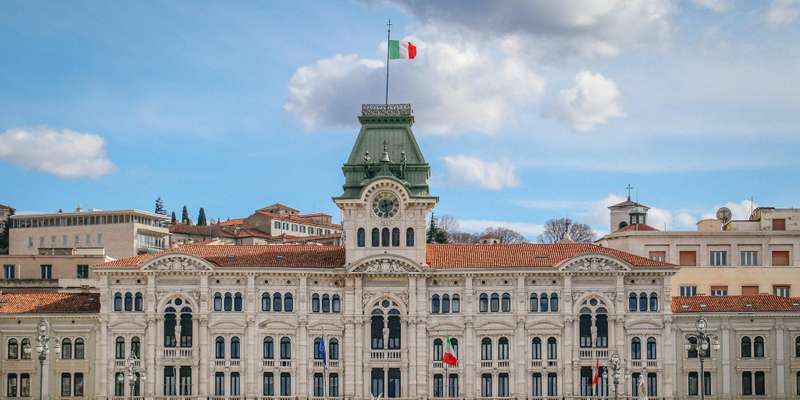- Home
- Useful Tips
- Visiting the Sartorio Museum
Visiting the Sartorio Museum in Trieste often leaves travelers frustrated by long lines, confusing layouts, and missed highlights. Over 60% of cultural travelers report feeling overwhelmed by poorly planned museum visits, wasting precious vacation time deciphering maps or circling back to overlooked masterpieces. The museum's rich collection of Venetian paintings and decorative arts deserves appreciation without the stress of navigating peak crowds or guessing at historical context. First-time visitors frequently exit realizing they've walked past significant artworks simply because no clear pathway highlights the collection's narrative. These challenges transform what should be an enriching cultural experience into a rushed, surface-level encounter.


Avoiding the worst crowds at Sartorio Museum
The museum's intimate galleries feel cramped when cruise ship groups arrive between 11am and 2pm. Locals know the golden hour is 8:30-10am on weekdays, when you'll have Renaissance portraits by Vittore Carpaccio nearly to yourself. Rainy days see 40% higher attendance, so check Trieste's maritime forecast before choosing your visit date. Should you encounter queues, the civic library across Piazza Hortis offers free WiFi and fascinating 18th-century globes to study while waiting for lines to thin. Those with limited mobility should note the museum's original 19th-century staircase – arriving at opening ensures staff can assist with the rarely-used elevator.
Decoding the museum's layout like an art historian
Many visitors miss the progression from medieval liturgical objects to Liberty-era furnishings because the route doubles back on the second floor. Start in Room 3 with the 15th-century wooden crucifix, then follow the numbered cabinets clockwise to see how Trieste's artistic tastes evolved with its wealth. The lacquerware collection seems randomly placed near the exit, but these actually demonstrate the city's trade links with East Asia. Don't overlook the small hallway before the ceramics gallery – it houses Giuseppe Tominz's stunning portraits of Trieste's 19th-century elite, considered the museum's crown jewels by curators. Free audio guides adequately cover major pieces, but the QR codes near select artworks provide deeper stories in English.
Nearby gems to pair with your museum visit
The museum's location in Trieste's Old Town puts you steps from underrated attractions that most day-trippers miss. Caffè San Marco, operating since 1914, preserves its original Vienna Secession decor and makes the perfect spot to reflect on the art over traditional sachertorte. A three-minute walk leads to the Roman Theatre, where evening concerts often include works by local composer Antonio Smareglia. For lunch, Antica Trattoria Suban serves authentic Friulian cuisine in a garden setting unchanged since 1865 – their prosciutto with horseradish cream pairs beautifully with Tocai Friulano from nearby vineyards. These authentic experiences balance the museum's formal collections with living Triestine culture.
Special access opportunities most visitors never discover
Few realize the museum participates in Trieste's 'Notturni d'Arte' program, offering moonlight viewings with live classical music on select summer Fridays. The €5 surcharge includes a prosecco toast in the Venetian glassware gallery. Students can request free research access to the textile archives by emailing conservators in advance – this reveals exquisite 17th-century lace rarely displayed due to light sensitivity. From October to April, the first Sunday of each month brings free admission plus a volunteer-led tour focusing on different collection themes. Those particularly impressed by the museum's Liberty-style jewelry can visit the affiliated Sartorio Atelier by appointment to see contemporary artisans continuing these metalworking traditions.



